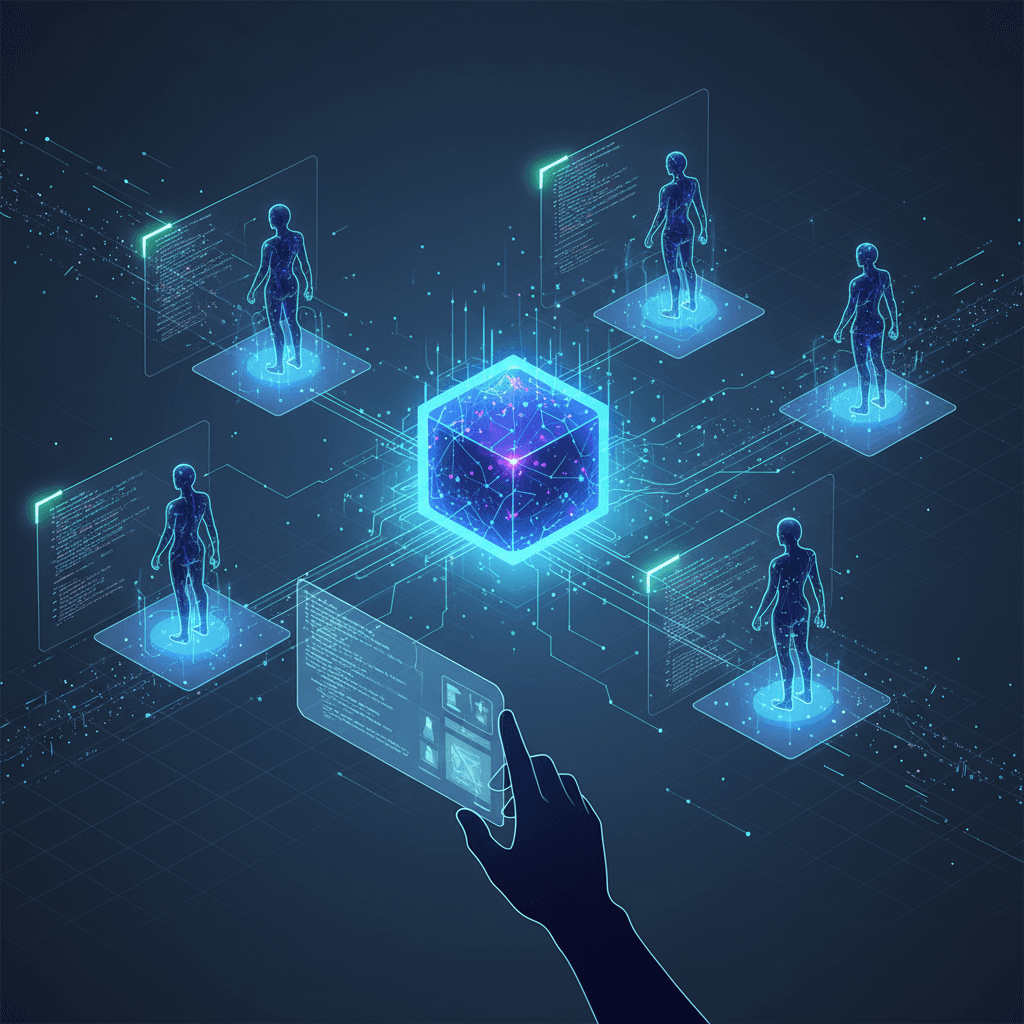Cursor 2.0 Redefines Coding with Proprietary Composer AI and Multi-Agent System
Cursor 2.0, with its proprietary Composer AI and multi-agent interface, redefines coding by making developers AI architects.
October 29, 2025

In a significant move that signals a new direction for AI-assisted software development, the AI-native code editor Cursor has officially launched version 2.0. This major update introduces a fundamentally redesigned multi-agent interface and debuts the company's first proprietary coding model, "Composer." The release marks a strategic pivot for parent company Anysphere, moving from reliance on third-party AI models to developing its own foundational technology, aiming to redefine the interaction between developers and artificial intelligence in the increasingly competitive landscape of programming tools.
At the heart of the Cursor 2.0 release is the Composer model, a proprietary system described by the company as a "frontier model" engineered specifically for "low-latency agentic coding."[1][2] Anysphere claims that Composer is four times faster than other models of similar intelligence, a critical factor in maintaining a fluid and interactive development workflow.[2][3] According to the company, the model is optimized to complete most conversational turns in under 30 seconds, a speed intended to make the experience of iterating with an AI assistant feel seamless.[1][2] This move toward an in-house model is a pivotal step for Cursor, which previously relied on a suite of models from providers like OpenAI, Anthropic, and Google.[3] By building its own model, Anysphere aims to gain greater control over performance and cost, while also reducing its dependency on the very companies that are becoming its direct competitors.[3][4] To enhance its capabilities, Composer was trained with a variety of powerful tools, including codebase-wide semantic search, which allows it to better understand and operate within large, complex code repositories—a common challenge for many generative AI coding assistants.[1][2][3]
Complementing the new model is a complete reimagining of the user experience with a new multi-agent interface. Cursor 2.0 shifts the development paradigm from being file-centric to "agent-centered."[1][2] This design encourages developers to focus on their desired outcomes and high-level tasks, delegating the detailed implementation to a team of AI agents.[2] The new interface allows a developer to assign a single prompt to as many as eight AI agents, which then work on the problem in parallel.[5] To prevent conflicts, each agent operates in its own isolated copy of the codebase, a process managed through the use of git worktrees or remote machines.[2][5][3] This approach allows for experimentation where different models can attempt the same problem, with the developer ultimately selecting the best result, a method the company says significantly improves the final output for more difficult tasks.[2] For developers who still need or prefer to work directly with the code, the new layout retains the ability to easily open and edit files, and users can switch back to a "classic IDE" view if they choose.[1][2]
To support this new agent-driven workflow, Cursor 2.0 introduces a suite of additional features and enhancements. The code review process has been improved, making it easier to view all changes made by an agent across multiple files without having to navigate between them individually.[2][5] The platform now includes a native browser tool that allows AI agents to test their own work and iterate until a correct result is achieved.[2] Security has also been addressed with the general availability of sandboxed terminals, which run agent-generated commands in a secure environment with restricted access by default on macOS.[5] Furthermore, a new "Plan Mode" enables Cursor to write out a detailed plan before embarking on complex tasks, allowing the agents to run for longer and more complex operations.[5] Other improvements include a voice control mode and more efficient agent tools for reading files and exploring directory trees, all designed to create a more robust and capable agentic programming environment.[5]
The launch of Cursor 2.0 and the Composer model arrives at a time of explosive growth and fierce competition within the AI coding assistant market, which is projected to expand into a multi-billion dollar industry.[6][7] As organizations increasingly adopt AI to boost developer productivity and automate repetitive tasks, tools like Cursor and its primary rival, GitHub Copilot, are becoming central to modern software development.[8] Cursor's strategic pivot toward a multi-agent system and the development of its own foundational model represent a clear vision for a future where developers act more as architects and supervisors of AI agents rather than line-by-line coders. This move not only positions the company as an innovator but also as a more independent entity in a market where the lines between partners and competitors are increasingly blurred.[3][4] While early reports from testers praise Composer's speed and capabilities, the radical redesign of the user interface has received some criticism, with some users pointing to a loss of familiar functionality.[2][9] The ultimate success of Cursor 2.0 will depend on whether developers embrace this new, agent-centric way of building software, and how effectively the company's proprietary model can deliver on its promise of faster, more intelligent AI collaboration.